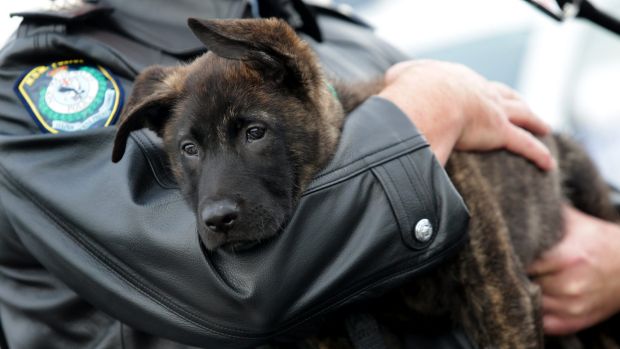Many dog owners don’t put too much thought into the legal side of things when it comes to their pets.
They fall in love and forget to secure the dog in case of any eventuality.
When things go south in the relationship, their partner leaves with the family dog.
Other times, you may need to prove ownership when your doggie is found by a neighbor who doesn’t bother returning them.
The same scenario plays out if your doggie is picked up by an animal shelter or animal control officers.
When you need to prove to the authorities that a specific dog actually belongs to you, documents speak volumes.
You should have all the necessary papers showing that you are indeed the rightful owner of the doggie.
How do you do this? We have broken it down below…
1. Registration Documents
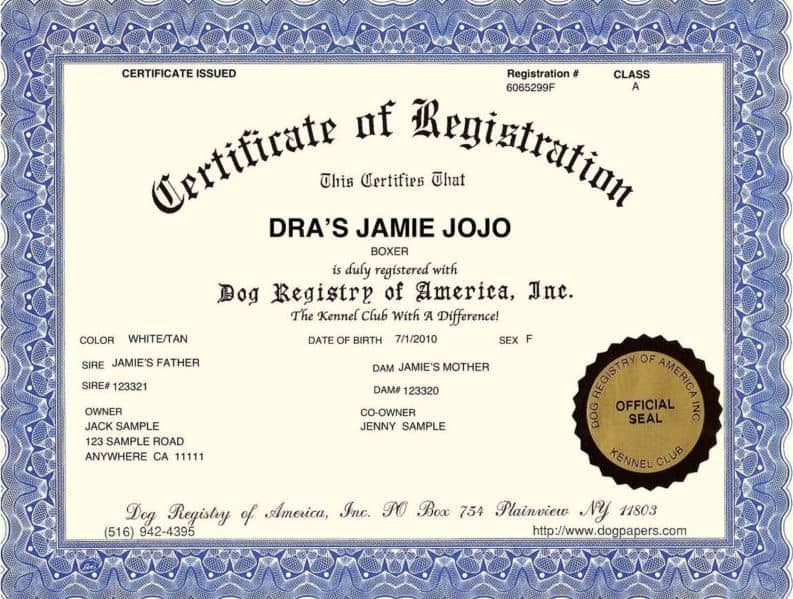
Dogs are a pretty big deal in the United States and many countries across the globe.
Most cities and counties require dog owners to have a county/city license.
You have probably gone through this already if you’ve owned your Fido for a while now. Without such a license, you may be fined if caught by the authorities.
The process requires you to visit your local authorities and pay a licensing fee for the duration you choose (1-5 years). You can also make an online application if you deem so.
The amount paid depends on the length of licensing and whether the doggie is altered or not.
Once you pay, you will get the proper documents and a license tag for your pup.
Registration documents let you showcase your love for the dog to your community and provide solid proof that they have been vaccinated against rabies.
Most importantly, a license acts as proof of ownership in case someone else claims to own the pooch.
When the license is almost expired, you will receive a notification to update it. Do this as soon as you can to stay on top of things.
Related Posts:
2. Microchips and ID tags
You can also prove ownership of a dog through microchips and ID tags.
In America, all dogs, four months and above are required by law to have microchips implanted in them.
The electronic chip essentially contains the registration number of the pet and the company’s contacts.
If your dog gets lost, a vet can scan the information on the chip and contact the company to get your contact details.
All dog owners should head over to the vet and have their dogs’ microchipped.
Next, they need to send the microchip number to the department. In case of any changes in the contact information, inform the authorities as well.
If you cannot afford a microchip, you can use ID tags instead. It is actually quicker and more convenient.
Be sure to add all the details in the tag including the name of Fido, your phone number, your city, microchip information, medical needs (for a sense of urgency), and a personal touchy message.
Choose a well-fitted collar to avoid choking and consider using a tag silencer.
Please keep in mind that microchips do not offer solid proof of ownership.
Many dog owners fail to update their records over the course of owning their fur babies.
Even after giving the dog away or selling it, the microchip information stays the same.
ID tags are even worse as they can be removed by malicious people.
Although these prove that you own your doggie, they are not substantial on their own.
3. Medical Records

All those trips to the vet are beyond critical when it comes down to proving that you are the rightful owner of your pet.
Make sure you have a record of the dog’s medical records plus all the bills for the vet appointments.
Create a file specifically dedicated to all the records pertaining to the medical history of your pet.
Stash all the post-visit vet reports, surgeries, and any special medical needs such as disabilities, allergies, and others in there.
Also, keep all the records of medications needed by the dog. If you cannot keep tabs on all these on paper, consider using an app to make life easier for you.
4. Recent Photos And Videos Of The Dog
This is another important piece of information that proves ownership in the court of law.
Judges are keen on recent photos and videos of your dog preferably with you in some of the shots.
To be safe on this front, you want to snap many pictures of your adorable pooch and save them on your devices – phones, tablets, laptops, etc.
If possible, keep some on the cloud in case the electronic devices fail you.
You can also go the extra mile and acquire a framed photo of you and the pet. You never know when this will come in handy.
5. Purchase Or Adoption Records
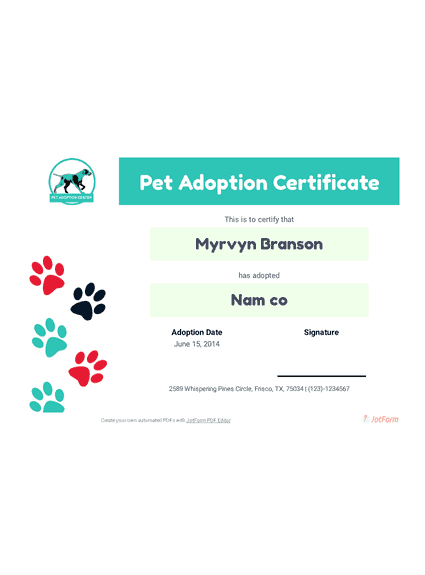
If you are the genuine owner of your dog, you should have the adoption or purchase papers with your name on them.
Dogs are viewed as property—lawfully speaking. If there’s a pet custody battle, the courts determine who the rightful owner is by looking at the purchase or adoption records.
If your marriage just ended, you get to have the dog if you have these documents.
In the event that both of your names are on the adoption papers, you both have a right to own the dog. Ultimately, you will have joint custody of the pet.
Make sure such documents bear your name if you want to keep the dog with you at all times.
6. Pet Agreement Forms
A pet agreement form is a written contract outlining the care of a dog in case there are disputes between the initial dog owners.
Say, for instance, your spouse decided to leave with the dog simply because it belongs to them.
You can present a pet agreement form at court and claim ownership or joint custody as well.
If you have other documents supporting your claim, you may walk away with the pet.
7. Pedigree Registries
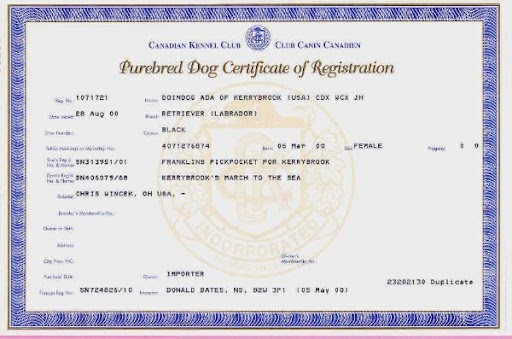
Another aspect that courts look at is registration with relevant kennel authorities.
If the pet is purebred, it should be added to the American Kennel Club’s list of pedigree dogs as well as those of other popular registries.
The reason is that your name reflects on the registration certificate as the owner of the pooch.
If you don’t have the needed documentation, you can contact AKC through e-mail to offer the necessary proof.
8. Current Dog Bill Receipts
Taking care of a dog requires food, toys, leashes, you name it. Like a child, pets need these things on a perpetual basis.
What if every time you purchased something substantial for your dog, you file the receipt?
It looks like a silly thing to do but it can mean the difference between keeping your dog and losing them.
Try to keep all the records of pet bills and be ready to present them as evidence if it comes down to it.
9. Insurance Certificates
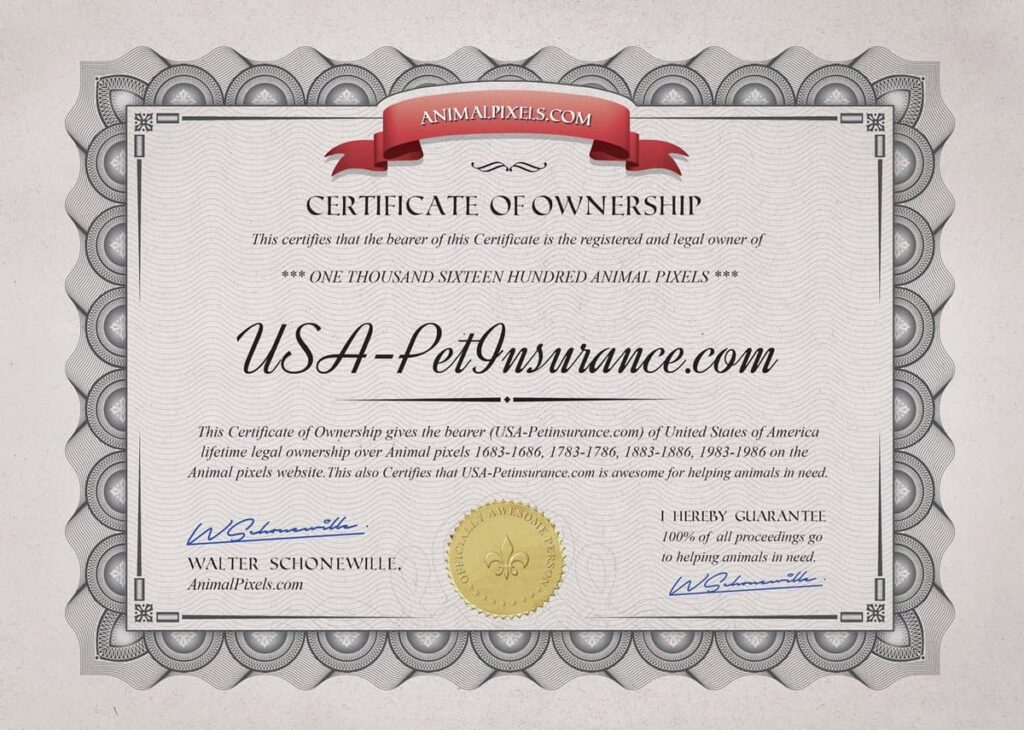
Insurance certificates aren’t mandatory but if you are intentional about the safety of your dog and your community, these are necessary.
Most importantly, they can be used to prove your ownership of the pet.
10. Training Certificates
Training a dog is no mean feat. It takes time, determination, patience, self-control, you name it.
To make life easier on them, some dog parents opt to hire professionals to train their pets.
If you are one of them, be sure to keep all the training certificates with you.
They are great pieces of evidence in animal law.
Closing Thoughts
A dog owner should establish that they are the rightful owner of their dog. This will prove critical should the dog get lost or stolen.
One piece of evidence will not get you anywhere. You need a lot of information that makes a strong case for you when the time comes.
Do not wait until it’s too late to get a hand on the documents we’ve highlighted herein.
If you are up for a little light reading, we have many insightful posts about dog ownership, including:
How Long Before A Stray Dog Is Legally Yours?
Someone Has My Dog And Won’t Give It Back: What Can I Do?
As an Amazon Associate, we may receive a small commission from qualifying purchases but at no extra cost to you. Learn more. Amazon and the Amazon logo are trademarks of Amazon.com, Inc, or its affiliates.

